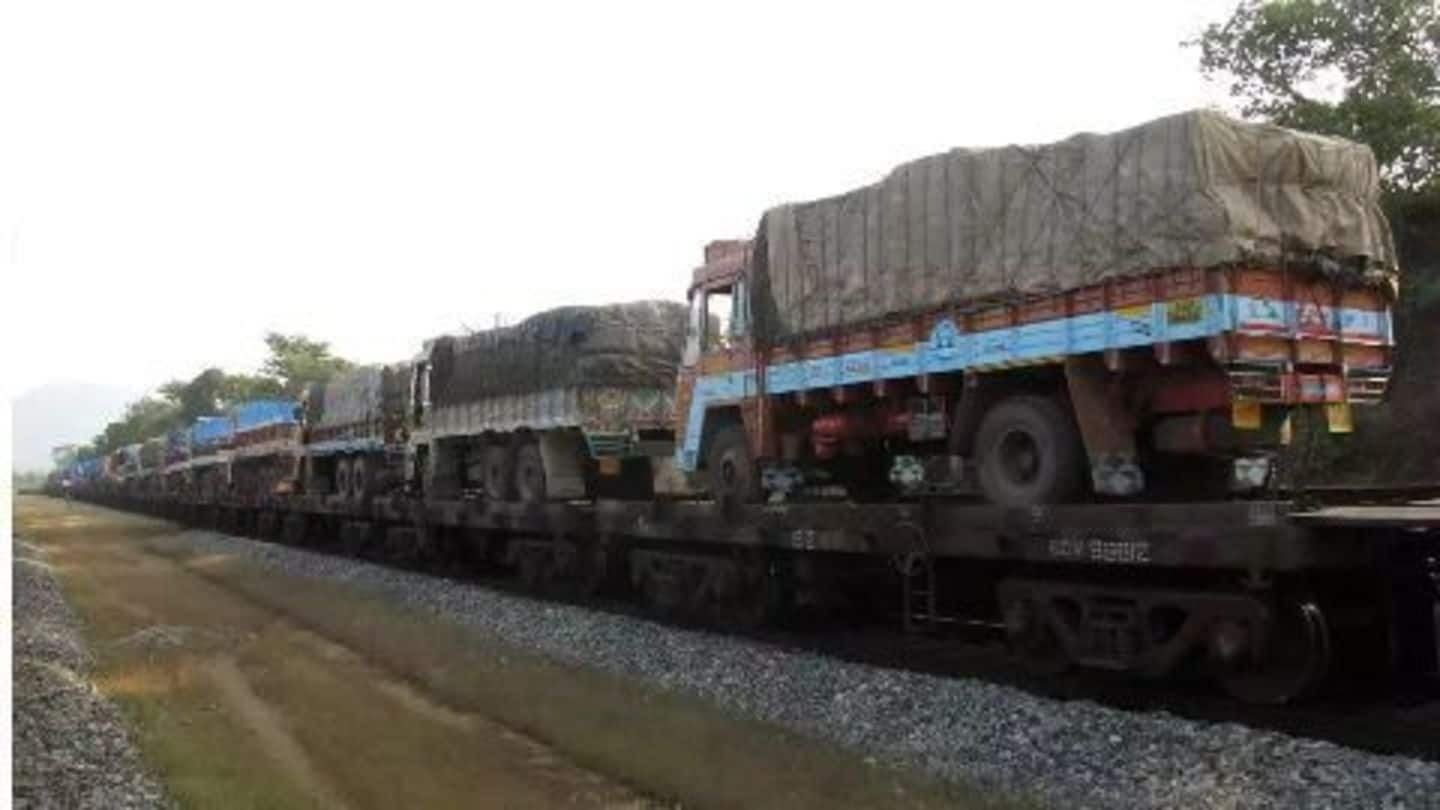
Truck sales may be impacted by freight corridors
What's the story
The Dedicated Freight Corridor (DFC) project which is hailed as a game changer for railway freight networks, may affect the sales of trucks.
The Eastern and Western DFCs will augment the railway freight in these routes by 25% to 305 million tonnes.
According to Nomura Research, an increase in the capacity utilisation of DFCs will affect the truck sales by 7-20% in FY2019-20.
DFC
What is dedicated freight corridor (DFC)?
DFCs are freight corridors connecting the major cities with dedicated tracks for carrying freight.
Various DFCs are being planned - Western DFC between Delhi and Mumbai, Eastern DFC between Delhi and Kolkata, East-West Corridor between Kolkata and Mumbai, North-South Corridor between Delhi and Chennai, East Coast Corridor between Khagarpur and Vijayawada, etc.
The DFC corporation plans and mobilises resources to develops the DFCs.
Data
Declining railway freight share
Railway freight share has fallen from 89% in 1950 to 31% currently, due to lack of infrastructure growth in railways, higher freight cost, regulatory and commercial hurdles, growth in national highways, etc.
Features
DFC: A game changer for logistics and trade
On successful completion, DFC will put India in a league of few nations such as USA, China, Australia and South Africa.
DFC is the single largest project undertaken by Indian railways and will increase the average speed of freight trains from 25kmph to 75kmph.
DFC is expected to reduce the carbon emission as road transportation emits 3 times more carbon than rail.
Personal
DFC to get completed in 3 years
The Delhi-Mumbai and Delhi-Kolkata DFCs are expected to be commissioned by December 2019 with the commissioning of certain segments begining in 2017-18.
Personal
DFC may help railways regain lost freight
DFC is expected to replace around 4 lakh trucks in each corridor, leading to a major shift in freight transportation from road to rail.
1 Apr 2016
Implications of DFC on road tranport
The DFCs will impact the sale of trucks, especially medium and heavy commercial vehicles (MHCVs) which are used for long distances.
However, as a response to DFCs, truckers may evolve the hub and spoke model to attain better economies of scale.
Further, the trucks may move from present 10-30 tonnes capacity range to 40-50 tonnes capacity range for long distance routes to maintain competitiveness.